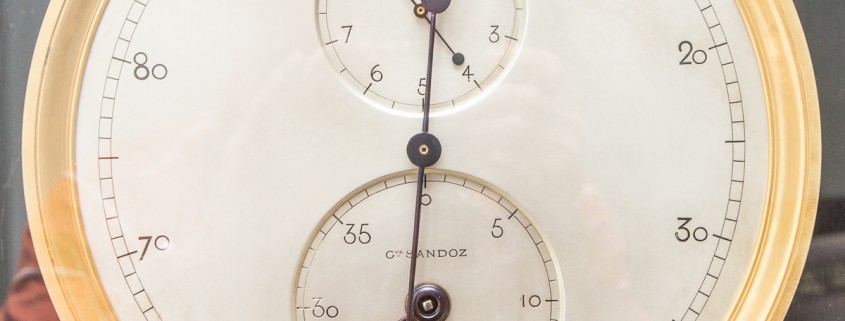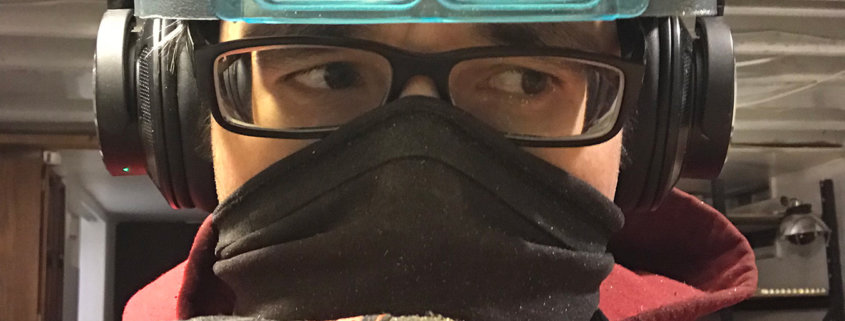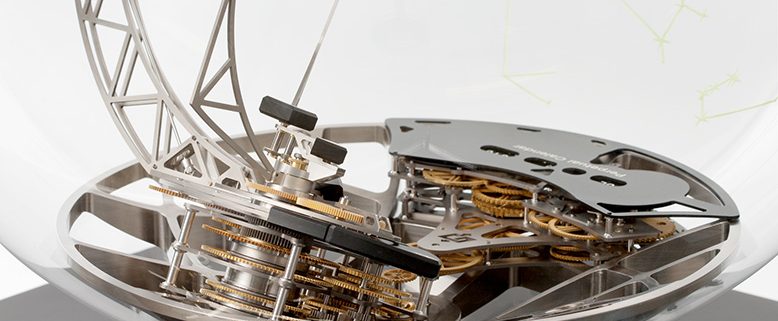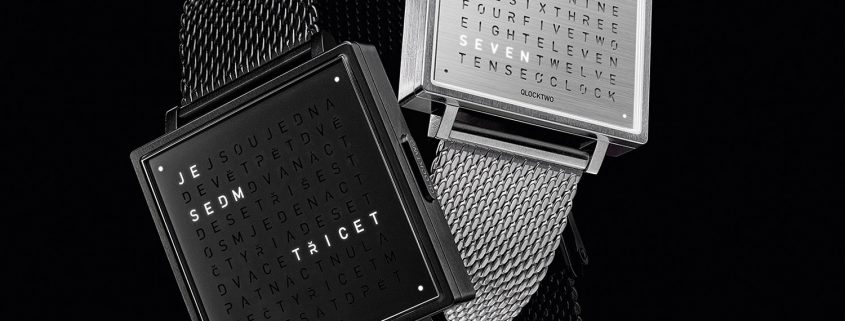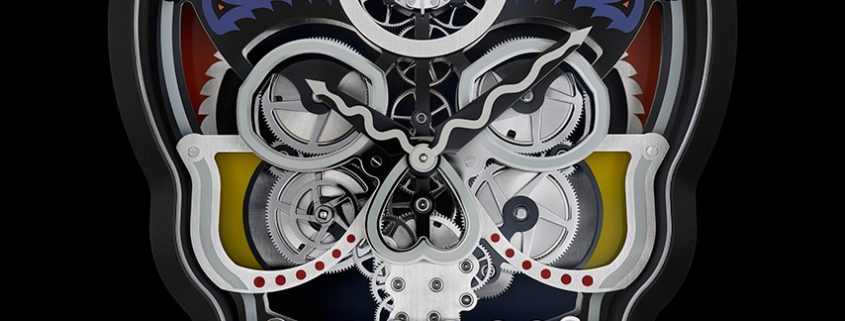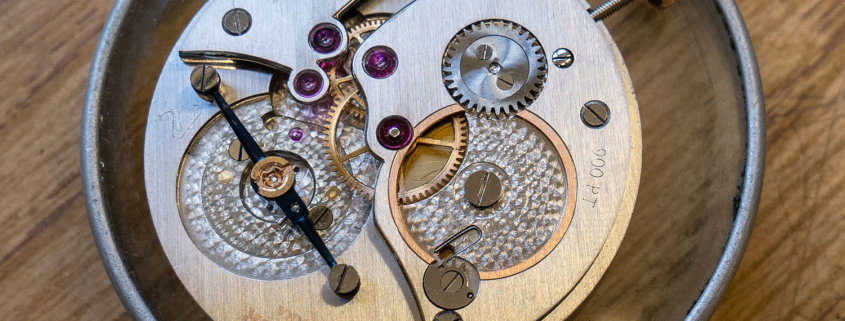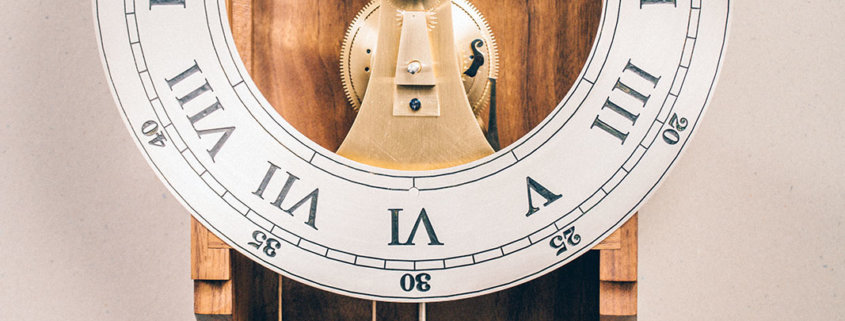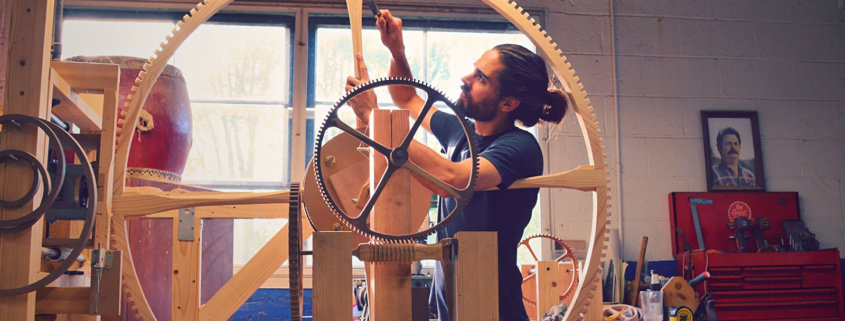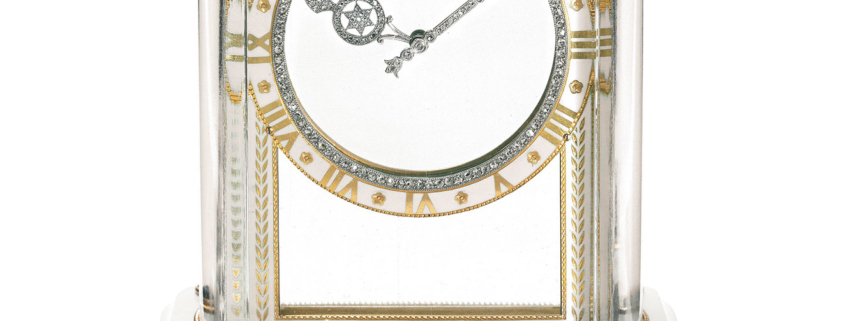Urwerk And The Gustave Sandoz Clock That Doesn’t Tell The Time – Reprise
In Einstein’s Special Theory of Relativity, the great man introduced the concept of “spacetime: henceforth, space by itself, and time by itself, are doomed to fade away into mere shadows, and only a kind of union of the two will preserve an independent reality.” Which segues nicely into the discovery of a clock by Gustave Sandoz that doesn’t tell the time: it tells distance.

